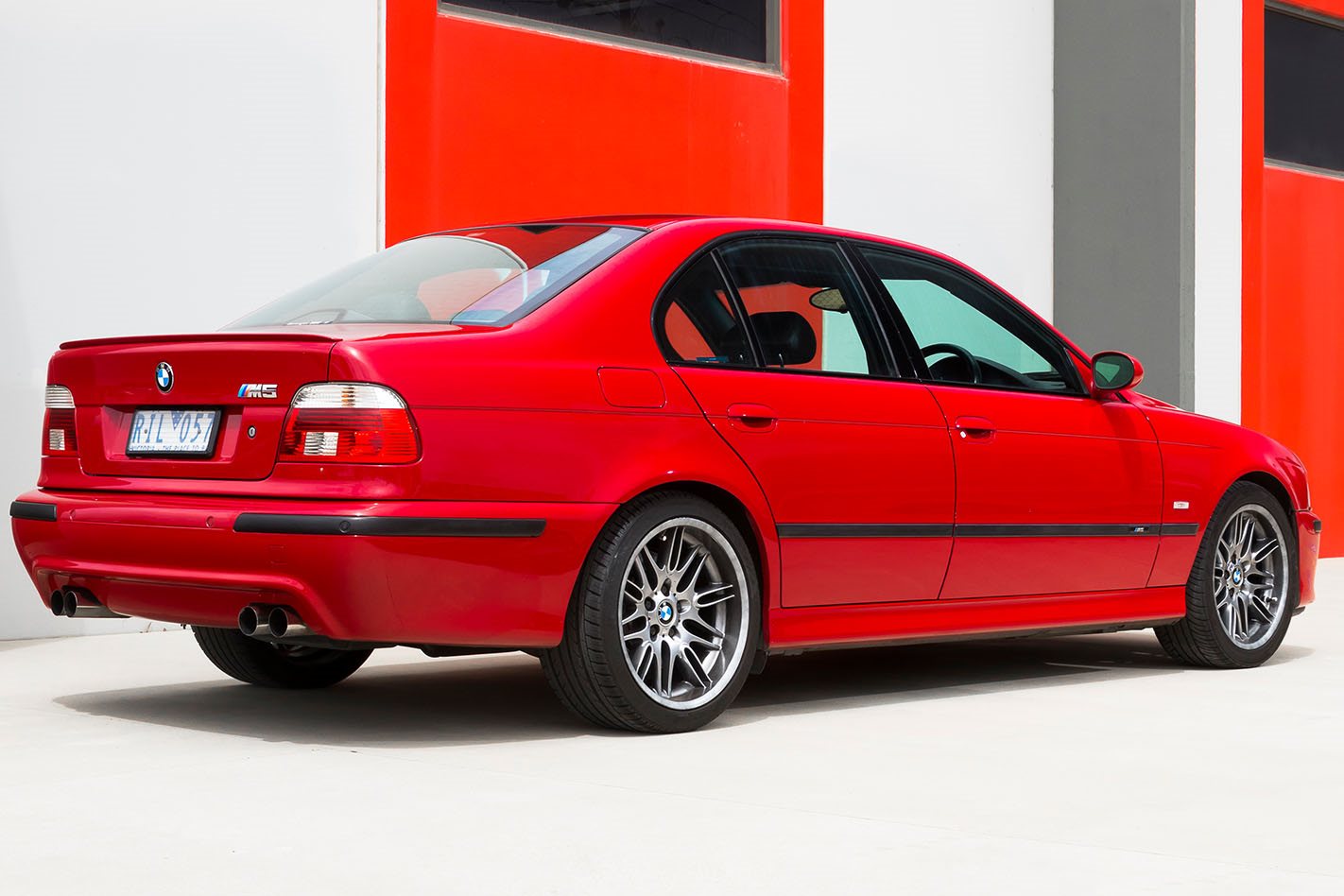BMW currently sells 28 different road car models with an M badge on the back, yet the first to carry any sort of Motorsport designation was the E12 530 MLE that rolled from the Rosslyn plant in South Africa back in 1976. In the intervening 44 years, the company has built many very good M cars but, I’d argue, only three truly great models: the E46 M3 CSL, the current M2 and the E39 M5.
It’s the M5 that might just be the most perfect archetype of the M genus. The raw ingredients are bewitching in their simplicity: a 4.9-litre normally aspirated V8 engine, a six-speed manual gearbox and rear-wheel drive. There are many reasons why this could be seen as the zenith of BMW’s M car development, but it’s the combination of conceptual purity and execution that distinguishes it.
Consider what came next. The E60 M5 was, by comparison, a bit of a tangle. We can argue back and forth on Chris Bangle’s styling for that car, and the same goes for the V10 powerplant, but the M division lost its nerve when it came to the fundamental way the M5 went down the road. The E39 offered an artfully polished chassis set-up from the factory. Good drivers instinctively knew how to get the best from it. The E60 M5 swamped the customer in choices because this was a vehicle with almost 600 permutations of gearshift method, power settings, shift speeds, suspension adjustments and traction control thresholds.
| Read next: Five BMW M3 CSL facts you probably didn’t know about
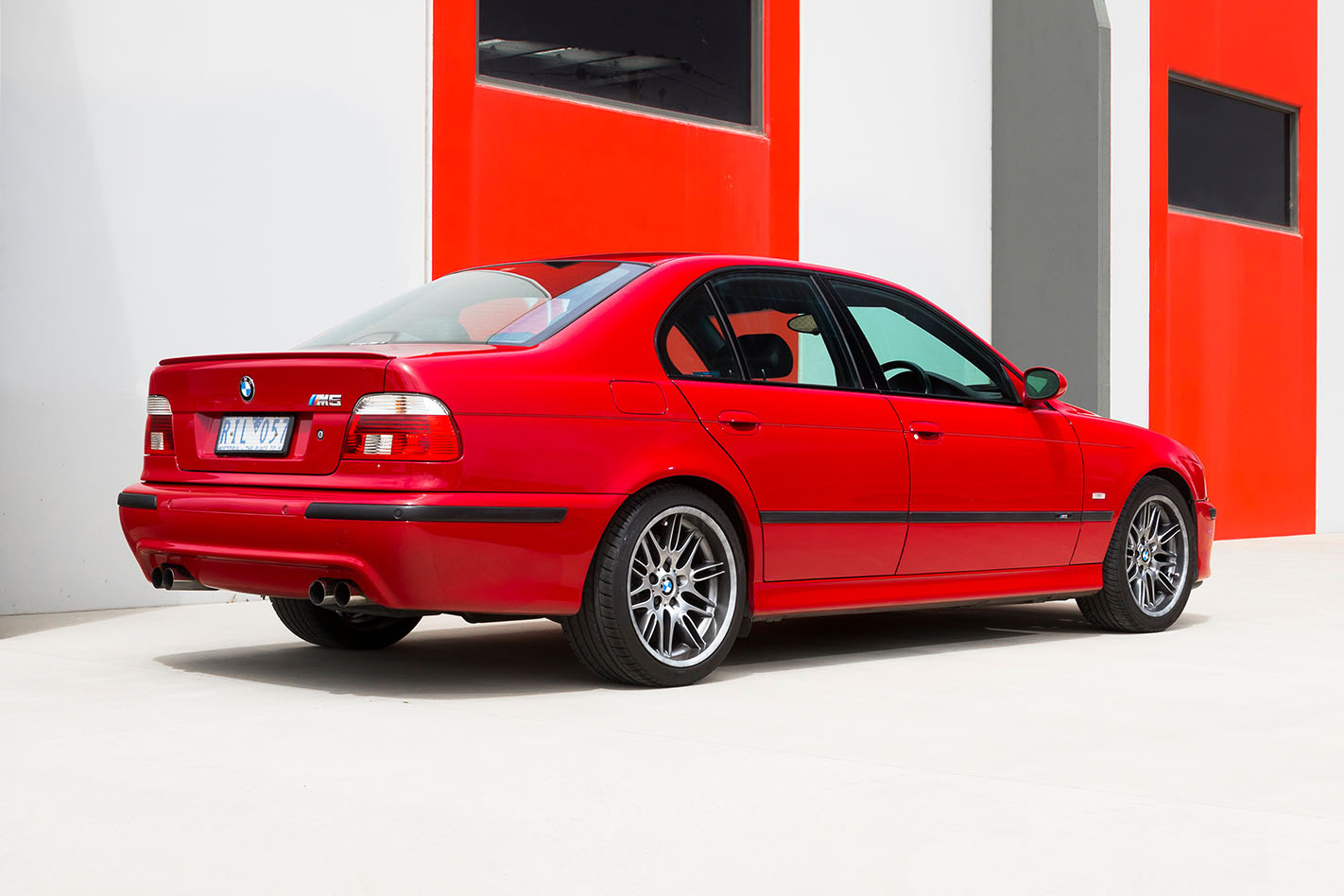
The E39 M5 had a Sport button and the ability to disengage the Dynamic Stability Control (DSC). That’s it. And few bother pressing Sport because it oversharpens the throttle and adds unnecessary heft to the steering. The throttle and steering are artfully honed as they are.
Equally straightforward was the M5’s mission. It had to wrest back superiority from Mercedes-Benz and AMG. BMW knew that Affalterbach was forging a technical lead in powerful V8 models, following the
large-capacity units seen in the W124 sedans and coupes. Its successor, the W210, was introduced in 1996, and E50 and E55 AMG models soon followed. BMW had stretched the S38B38 straight-six to capacity in the E34 M5 with the final cars making 250kW, but Munich knew it needed a powerplant that represented a step change in philosophy and capability.
| Read next: 30 years of BMW M3: E36 M3R
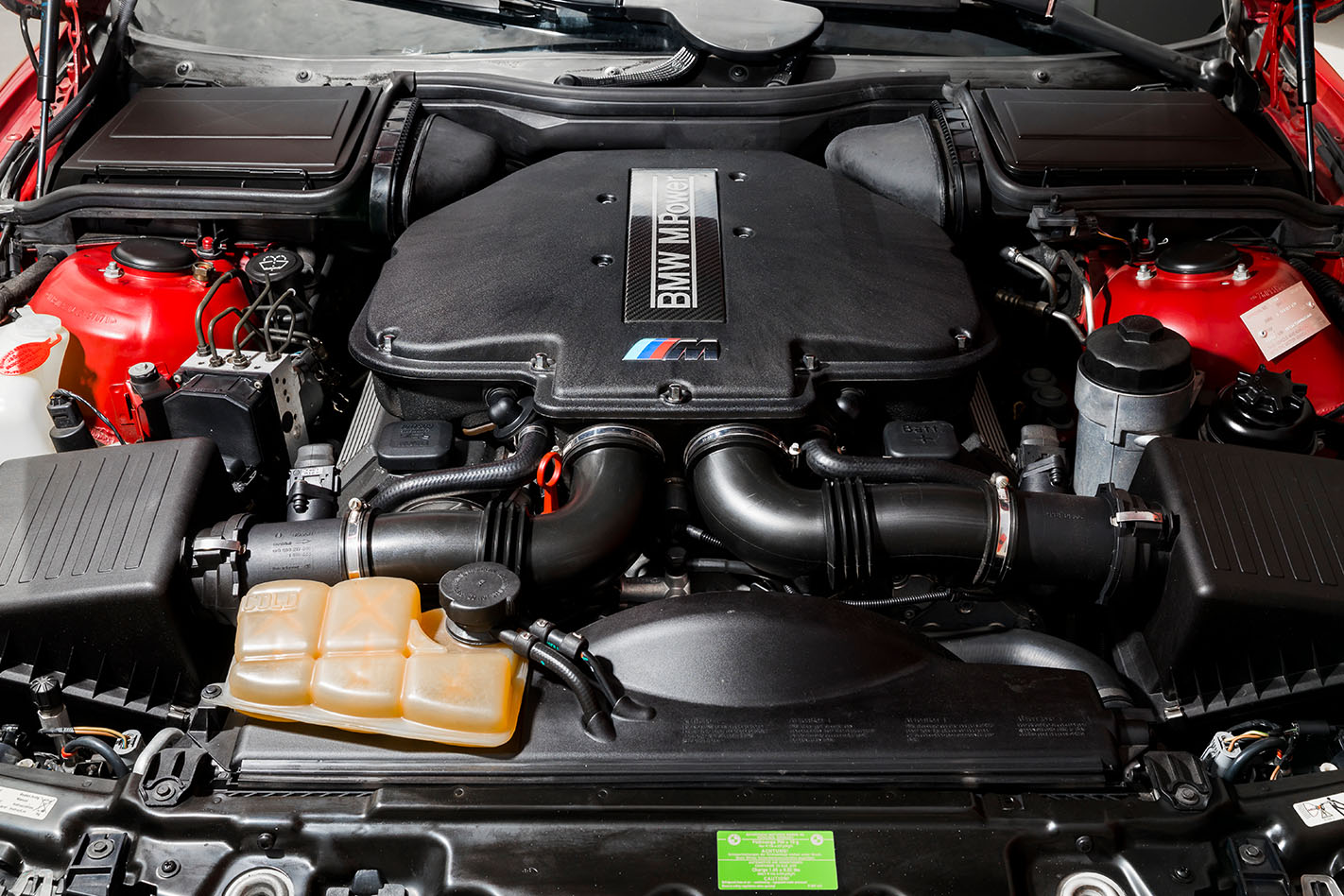
The 4.9-litre S62 V8 in the M5 was the first eight-cylinder engine fitted to an M car, and some diehards were at first affronted by this heavily reworked version of the 4.4-litre lump from the 540i, claiming that it fundamentally changed the character of the M5. It needed to. As Alexander Hildebrandt, the E39 M5 project leader, said, “I well remember the discussions about the BMW M5, and how – in the eyes of some M fans – it still had a flaw,” namely that V8 engine. The alternative was a heavily boosted six which, with the benefit of hindsight, would have rapidly been outgunned as AMG turned to forced induction for its V8s.
The E39 M5 was also a landmark car insofar as it was not built at the BMW Motorsport facility at Garching, instead running down the regular 5 Series line at Dingolfing, near Munich. Any suspicion that it might have been M lite or dumbed down in any way were scotched when it became clear how extensive its upgrades were. The engine was bored and stroked to 4941cc and fitted with individual electronically controlled throttle bodies, hollow camshafts, a duplex chain-drive for the intake cams and a trick lubrication system with G-force-sensitive scavenge pumps.
The suspension retained the basic 5 Series configuration of struts up front and a multi-link rear, but all the details were changed. The steering links were strengthened, the bushings beefed up, unique front wheel bearings were engineered, heftier lower rear control arms from the E39 Touring were introduced, while the rear integral link came from the V12 750iL. Polyurethane auxiliary springs sharpened body control, as did junking the rubber rear suspension bushings for steel ball joints. The spring height was cut and spring rates increased, shock valving was modified and thicker anti-roll bars were fitted front and rear. At the end of this exercise there was very little commonality between the suspension of the M5 and that of the 540i.
| Read next: Don’t expect BMW to limit power figures
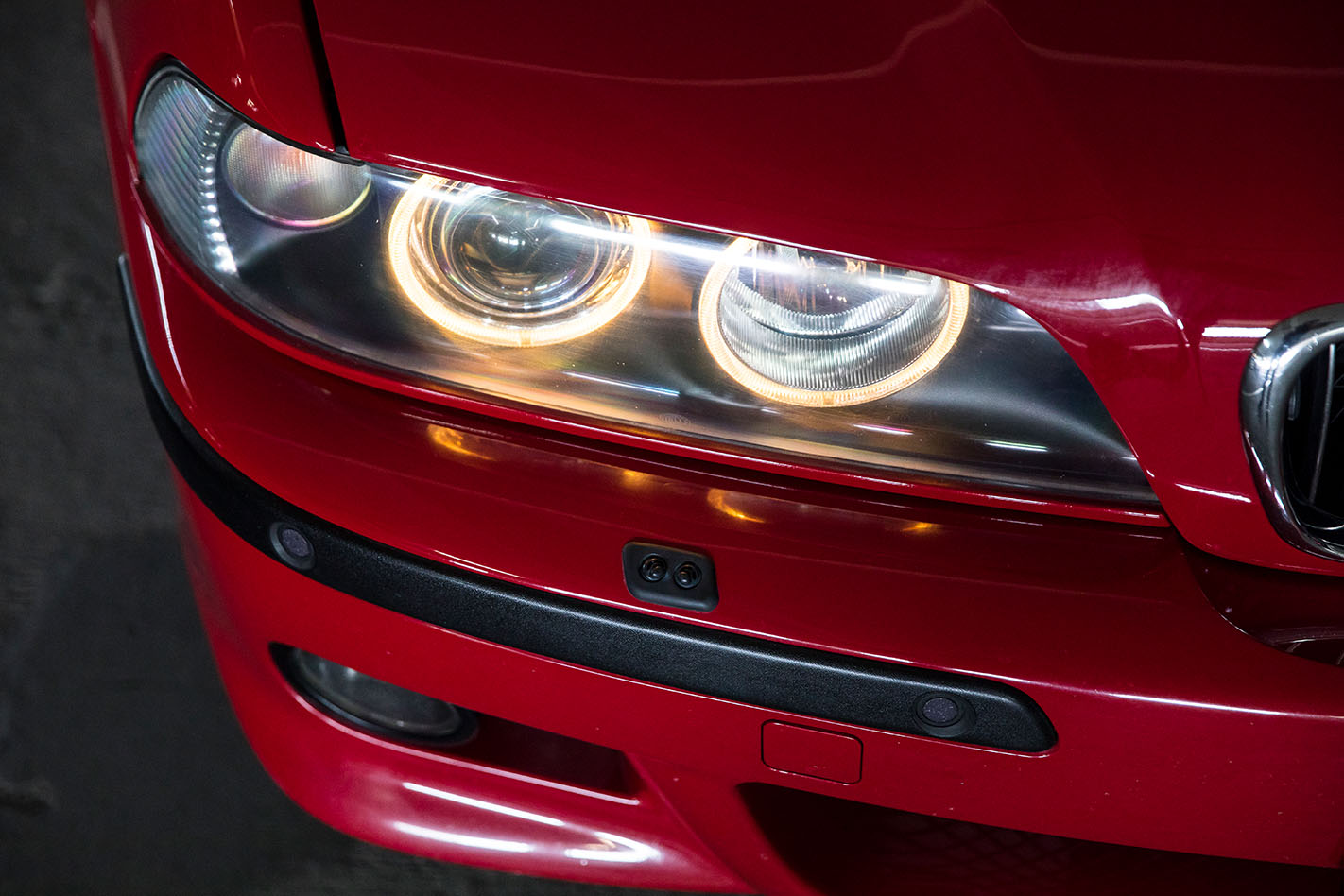
The M division then sharpened the ratio of the recirculating ball steering, fitted bigger brakes, 18-inch alloy wheels, ESC stability control that talked to the Siemens MSS 52 Motronic digital engine control system, and a beautiful exhaust that finished in quad tips. A subtle but purposeful bodykit, clear turn signals and a broader kidney grille gave the E39 M5 the requisite look of restrained menace.
Wheels somewhat missed the boat on the E39 M5. The first comparison test we put it into was in April 2003, by which time it had been on sale in most markets for four years. In those intervening years, Mercedes had retired the W210 E55 AMG and its successor, the W211-generation model, had acquired a 350kW/700Nm supercharged V8. Against that sort of muscle, the 294kW/500Nm BMW looked a little gun-shy. Nevertheless, Wheels scribe Graham Smith realised that while a new front had opened in the power wars, the M5 was still the sharper tool, noting “the BMW’s chassis is a driver’s delight compared to the Benz’s which, while being awesomely competent, lacks for those last few degrees of engagement.” It’s those final degrees that differentiate a good sports sedan from a great one. And, make no mistake, the E39 M5 deserves its place at the very top table.
Take its size. Its road footprint is significantly smaller than a modern M3, so it never feels unwieldy to thread along a twisty road. It is heavy, though, and the suspension tune, while more focused than its 5 Series brethren feels, by today’s standards, relaxed. The car you see in these images is the exact same vehicle we shot for the 2003 comparison against the Mercedes-Benz E55 AMG and the Jaguar S-Type R, owner Josh Davis having added another 130,000 kilometres to its odometer in the intervening 17 years.
| Read next: Modern Classic: Audi Quattro
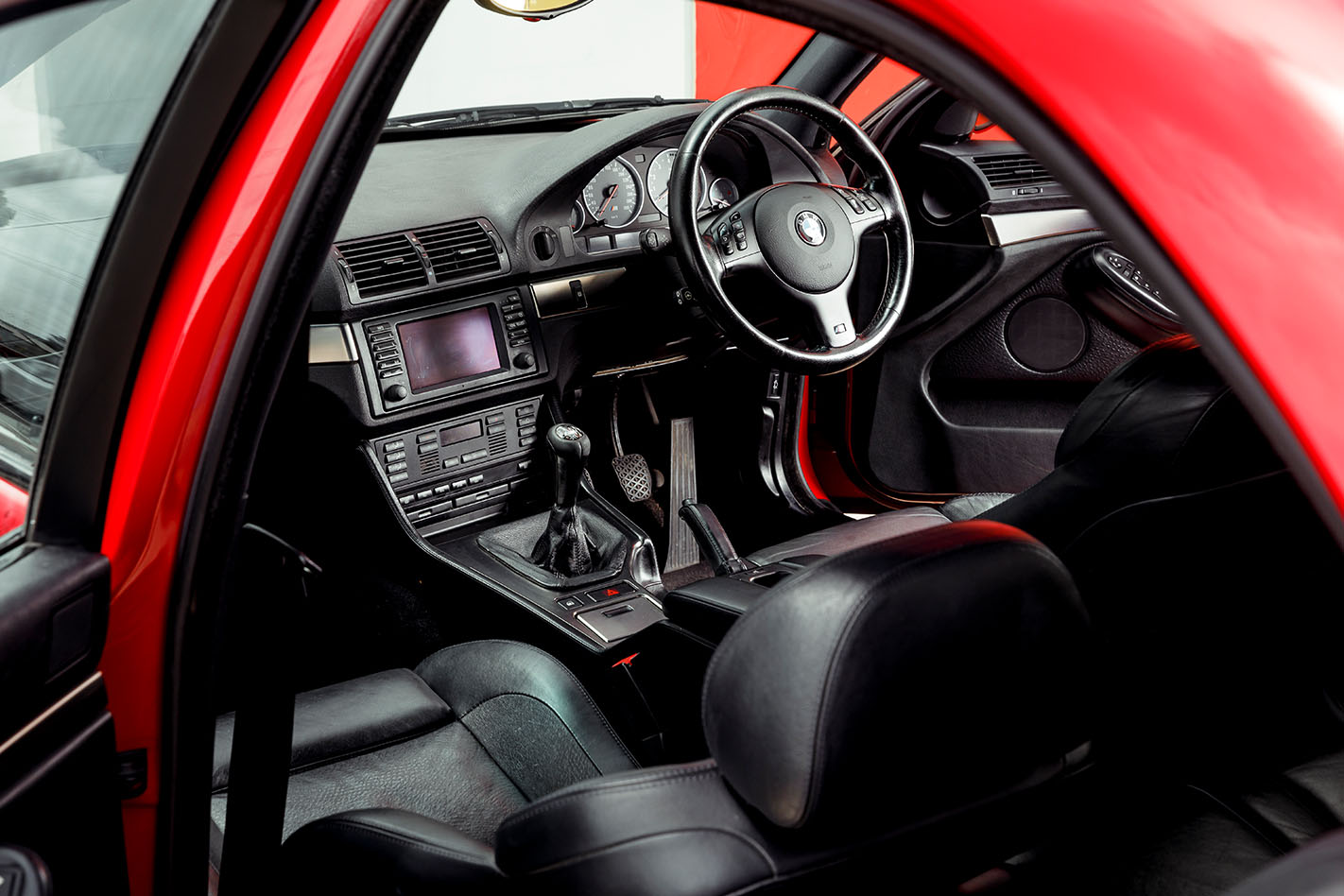
From a personal perspective, an ‘Imola Red II’ E39 M5 means a fair bit to me as well. It was the first car I drove on my first international press event for The Times of London. Talk about being thrown in at the deep end. Back then a car that could sprint to 100km/h in 5.3 seconds and rev to 7000rpm felt like something from another dimension; now, while the M5 is still an event, its performance is about what you’d expect from a respectable hot hatch.
The interior stands up beautifully from an ergonomic perspective, the dial pack hailing from an age when BMW put a premium on readability. There’s an inherent rightness about a six-speed manual, hydraulically assisted steering and a good old-fashioned handbrake. For many, the E39 M5 marked a sweet spot; a blink-and-you’ll-miss-it handover from the analogue to the digital. So you have a central screen with sat-nav, a drive-by-wire throttle and the safety net of a rudimentary ESC system should you want it, but almost everything else is old school.
The E39 M5 didn’t change a great deal throughout its lifetime. Some additional paint finishes were phased in, and the car received a facelift in 2001. That introduced the ‘Angel-eye’ headlights, revised LED tail-lights, front parking sensors, a chubbier E46 M3-style steering wheel, an upgraded sat-nav screen, rear head airbags, grey dials, an upgrade to the air-con and the option of a punchier M audio system.
| Read next: Mercedes-Benz 190E EVO II Turns 30
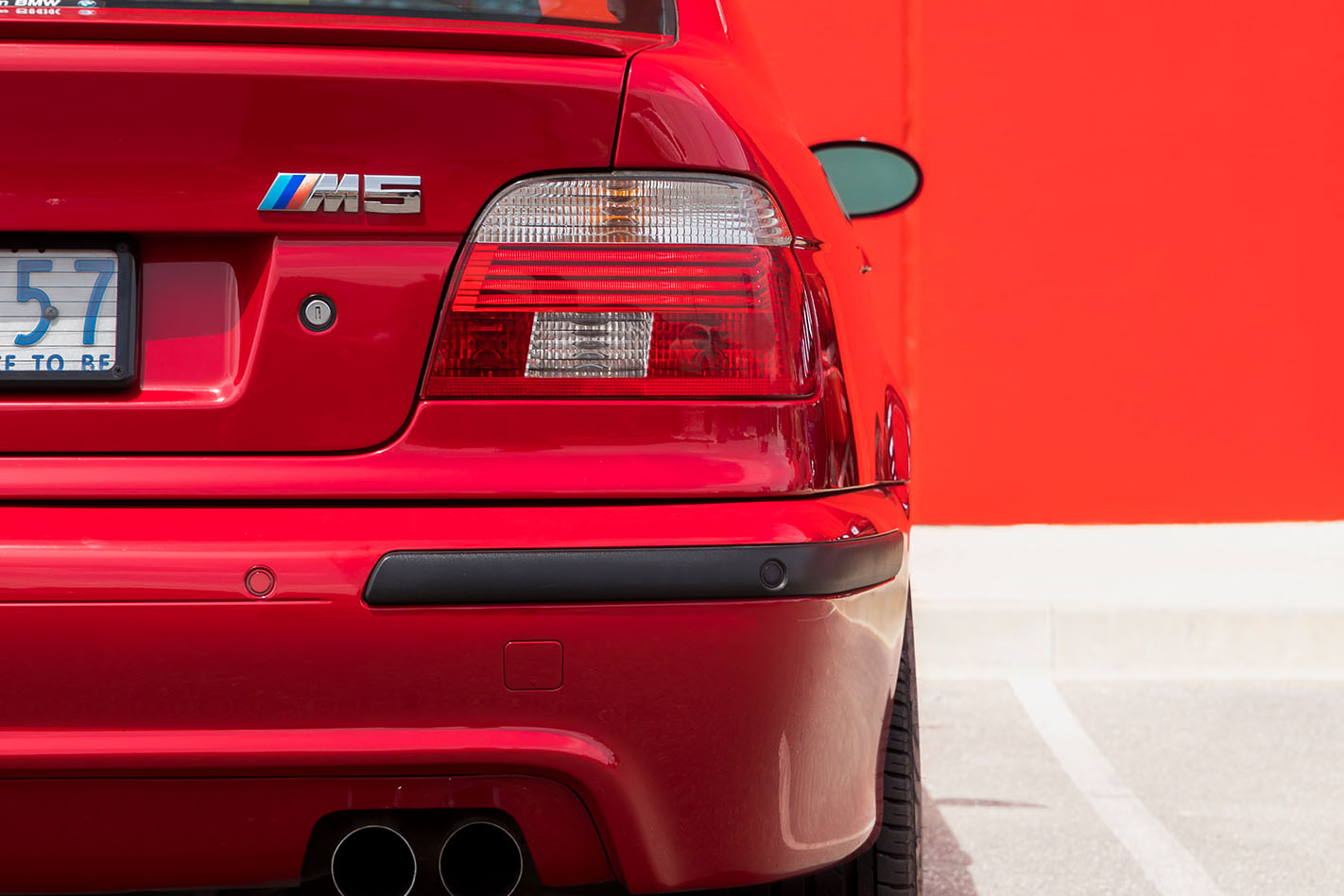
For such a specialist model, the M5 is far from temperamental, but when inspecting one it pays to understand which parts are M5-specific, and therefore expensive. BMW ironed out a lot of snagging points with the 2001 facelift, so many of the irritating minor quality issues that afflicted early cars were fixed. In other words, buy on condition, but if you’re down to a decision, buy as late an E39 M5 as you can get. There are three key mechanical issues with the E39 that you need to keep tabs on.
The S62 lump featured a secondary air-injection system to reduce cold-start emissions. Over time, burnt engine oil vapours are ingested via the intake manifold and create a solid build-up in the cylinder head that requires an expensive (circa-$2000) fix. Look for the SES light illuminated in the dash and a Secondary Air Pump Low Flow fault code.
The VANOS (variable valve timing) system also can be susceptible to a diesel-like rattling. Some owners ‘cure’ this by introducing a heavier oil. Don’t do this. BMW initially recommended 10W-60 but in March 2000 changed that to a 5W-30 Castrol TWS (Edge these days) due to a minor change to the piston rings The rattle is fairly normal at start-up as the oil makes its way to the top of the engine. Post March 2000 cars received an oil accumulator to try to alleviate this issue.
| Read next: Modern Classic: Subaru Impreza 22B
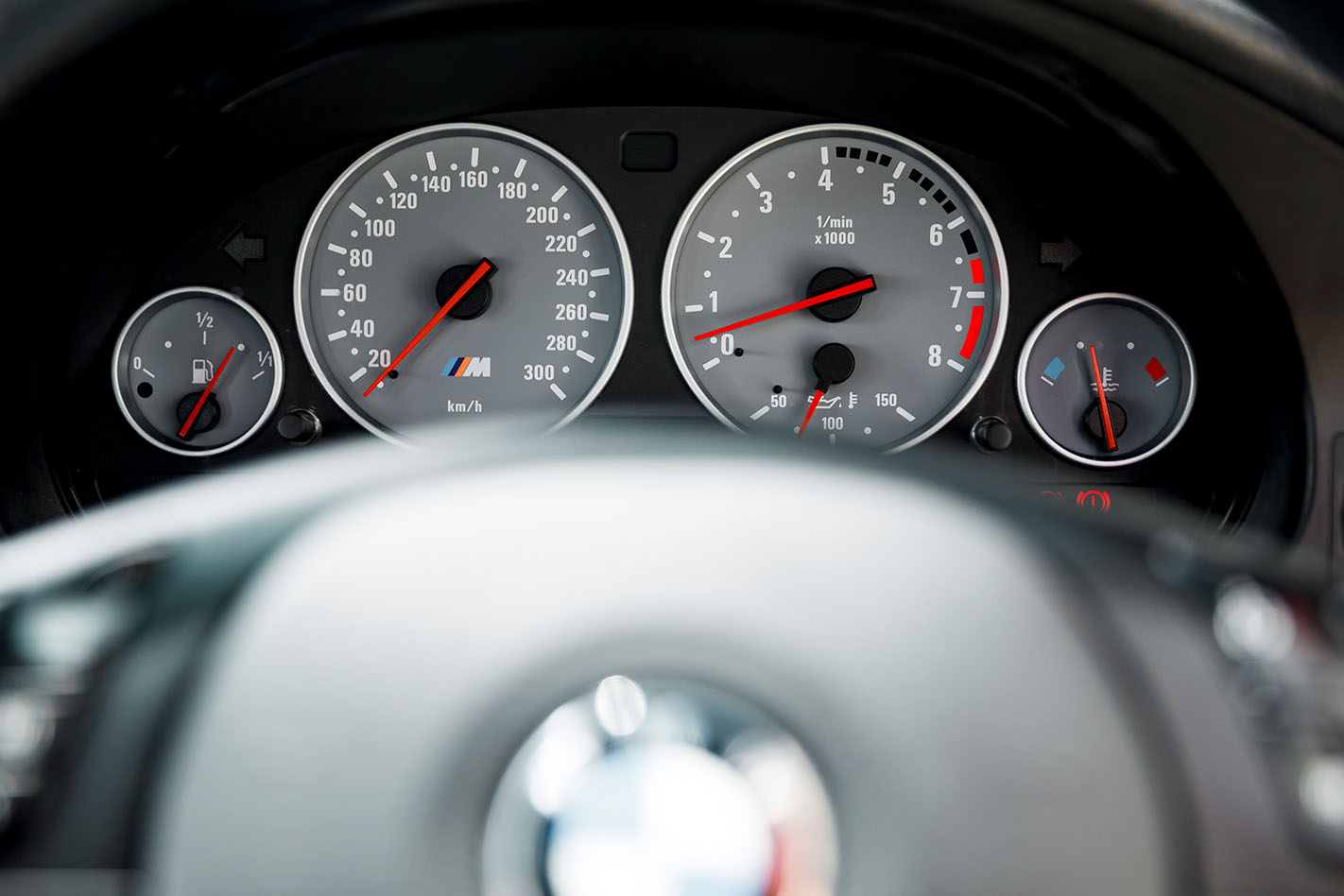
The third item to look out for is a worn timing chain tensioner; an issue often exacerbated by incorrect oil usage. It can seize, which wears the chain and its guides. It’s not a big job but ask the previous owner when it was last performed. It’s a relatively inexpensive part and changing it every 40,000km seems wise..
Make the effort to track down a good BMW E39 M5 and it still has the ability to make many modern super-sedans seem long on window dressing and short on nuanced chassis engineering. The M5 was a case study in how to transition a hand-built sensibility onto a line-built car. It was purposeful, athletic and charismatic, and now, as we crave feedback, delicacy and authenticity more than ever, its light only burns brighter.
| Read next: Modern Classic: Lamborghini LM002
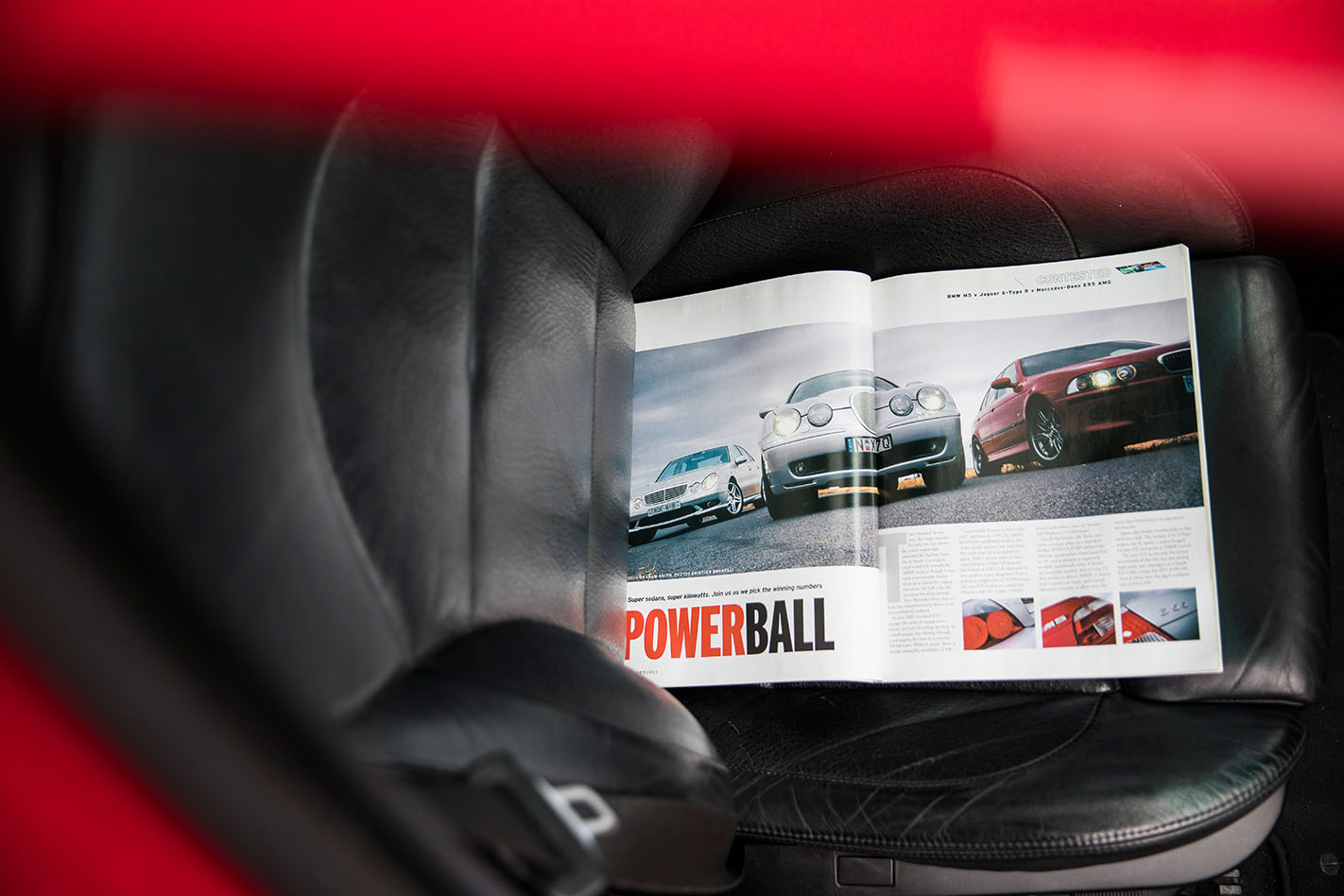
Who owns one? Josh Davis – Wendouree, Vic
“I grew up with Wheels and remember reading the April 2003 issue with the E39 M5 when I was just out of school. I told my friends, ‘I’m going to have one of those.’ Fast-forward to 2008 and I found myself in the position to buy one. It was only after I got it home that I realised it was the same car from the Wheels road test. It’s got one modification and that’s a muffler delete. It now makes my E63 AMG sound positively tame! This car is everything. They’ll have to bury me in it!”
Fast Fact
BMW built one solitary left-hook E39 M5 wagon in Titanium Silver with black leather … and then kept it to themselves. Since then a number of ‘tribute’ cars have popped up with reasonable regularity where owners transplant their E39 M5 sedan bits onto a 5 Series wagon body. So if somebody tries to sell you one claiming it’s genuine, it ain’t.
The Good: Handling acuity; magnificent V8 powerplant; appreciating in value; ergonomics; lofty position in M-car firmament
The Bad: Depressed valuations saw some fall into wrong hands; price of M5-specific parts; appetite for tyres; VANOS rattles
By the numbers
$250K – 2018 auction price of a 437-mile example
425 – Paint code for launch colour: Silverstone metallic
13.5 seconds – 0-400m as tested in 2003
20,482 – Production run 1998-2003
25% – Maximum locking percentage of limited-slip diff
SPECS
Model BMW E39 M5
Engine 4941cc V8 (900), dohc, 32v
Max power 294kW @ 6600rpm
Max torque 500Nm @ 3800rpm
Transmission 6-speed manual
Weight 1795kg
0-100km/h 5.3sec (tested)
Economy 15.5L/100km (tested)
Price $195,800 (2003)


